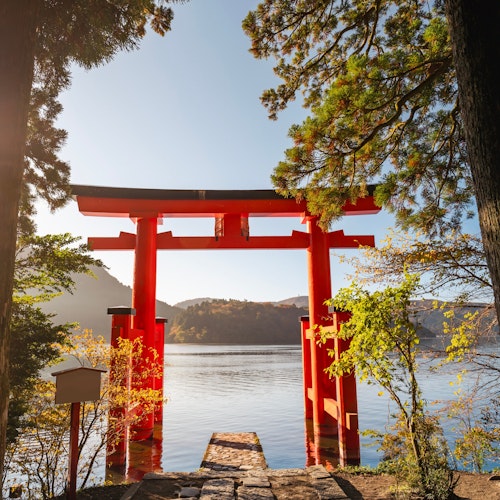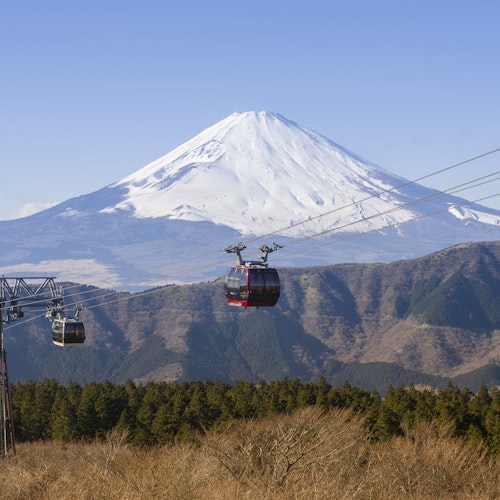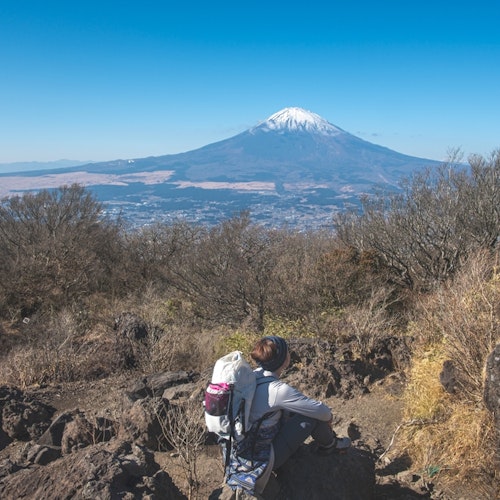
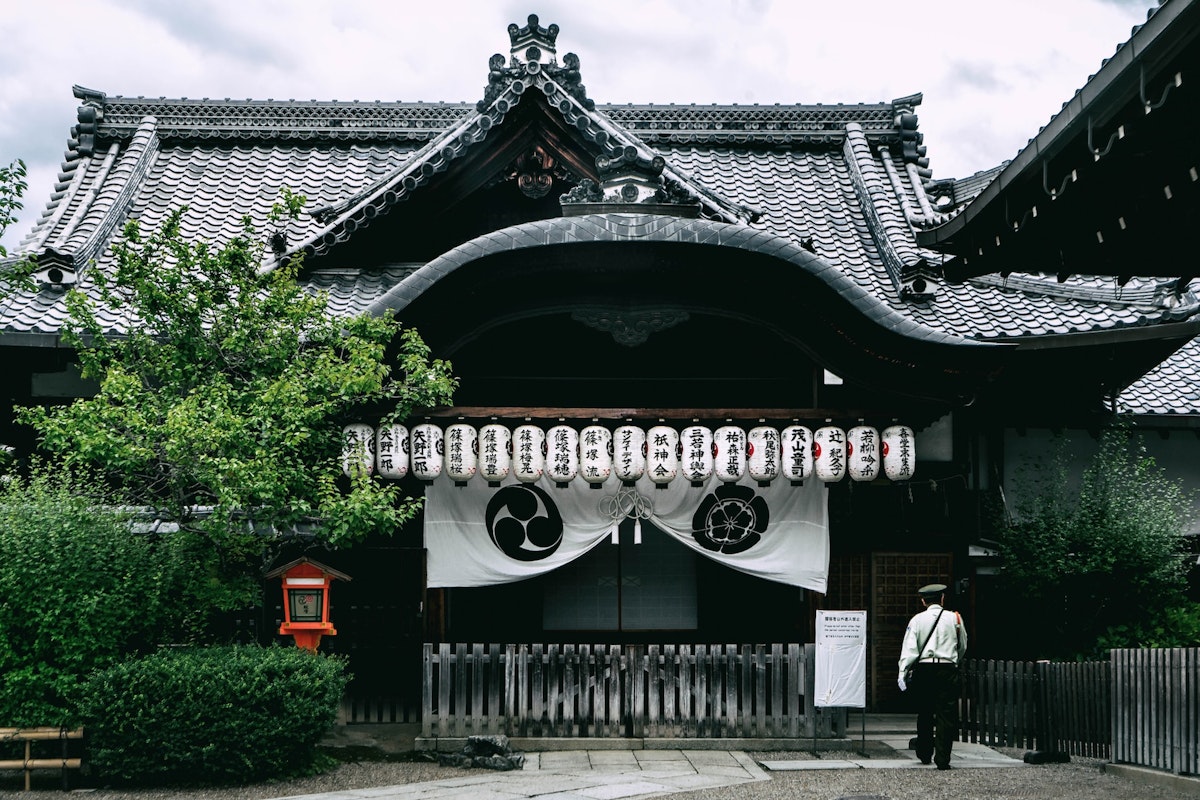
The beauty of Japan is not only defined by the neon glow of Tokyo or the blossoming cherry trees of Hakone. Beyond these, lie the ancient capitals of Kyoto and Nara, where time seems to have gently brushed history across every stone, every shrine, and every castle. These are cities where whispers of the past merge with the hum of the present, creating a harmonious symphony that narrates the rich cultural tapestry of Japan. Steeped in traditions and shrouded in legends, Kyoto and Nara offer an immersive experience of Japan's fascinating history and captivating heritage.
Each temple and castle in these cities is a chapter of an age-old story, waiting to be read and understood. Imagine walking under the vermilion torii gates of Fushimi Inari Taisha as they guide you towards spiritual serenity, or feeling the cool, golden sheen of Kinkaku-ji as it reflects the calm pond below. Visualize standing in the expansive halls of Higashi Honganji, your eyes drawn to the meticulous woodwork, or tracing the battle scars etched in the sturdy walls of Nijo Castle. As we dive deeper into these narratives, we partake in traditional tea ceremonies, engage in age-old festivals, and explore Zen gardens, each experience enriching our understanding of these cities and their tales. Join us on this journey as we discover the timeless grandeur of Kyoto and Nara, where every path is a journey through Japan's illustrious past and enchanting present.
Standing as an architectural beacon in Kyoto, Higashi Honganji Temple's vast expanse belies the intricate detailing that embellishes its every corner. The heart of this temple complex is the Goei-do, or the Founder's Hall, considered one of the largest wooden structures worldwide.
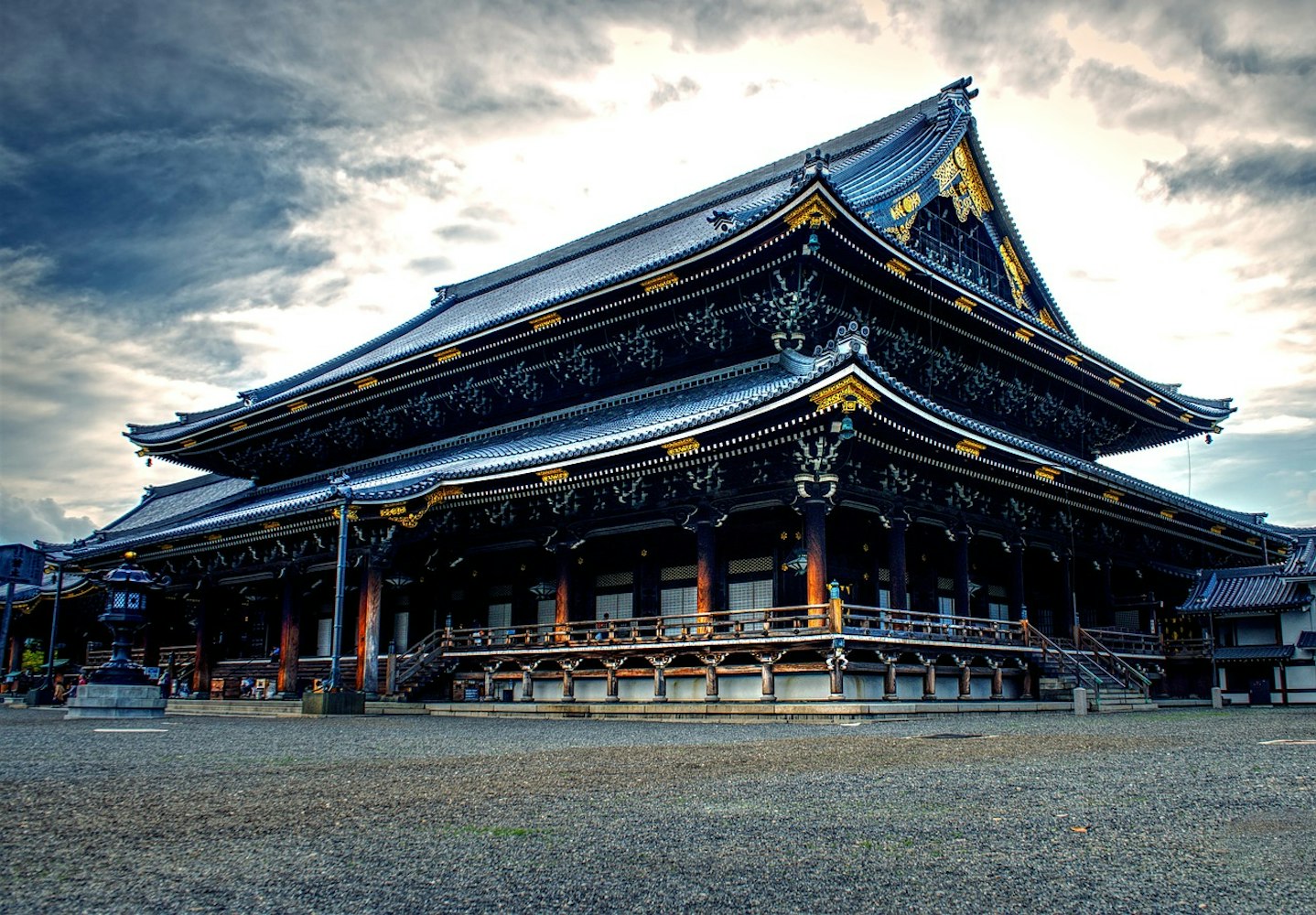
Image Credit: Pixabay
This hall, constructed without the use of any nails, represents the crowning achievement of 16th-century Japanese carpentry. The intricate woodwork, from the multi-layered roof with its cypress bark shingles to the expansive tatami-mat covered floors, reveals the meticulous craftsmanship intrinsic to the Japanese aesthetic.
The spiritual journey through Higashi Honganji leads visitors to the Main Hall and the Goei-do Hall. The Main Hall, a space for prayer and contemplation, resonates with the low murmurs of sutra chants and the faint aroma of incense wafting in the air. It houses a golden image of the Amida Buddha, a symbol of infinite light and life. As you wander through the tatami-lined corridors, you can sense the palpable tranquility that pervades this sacred space.
On the other hand, the Goei-do Hall stands as a tribute to Shinran, the founder of the Jodo Shinshu sect. Its interior, dominated by an imposing altar with a statue of Shinran, provides a glimpse into the deeply ingrained spiritual history that has been nurtured within these walls for centuries.
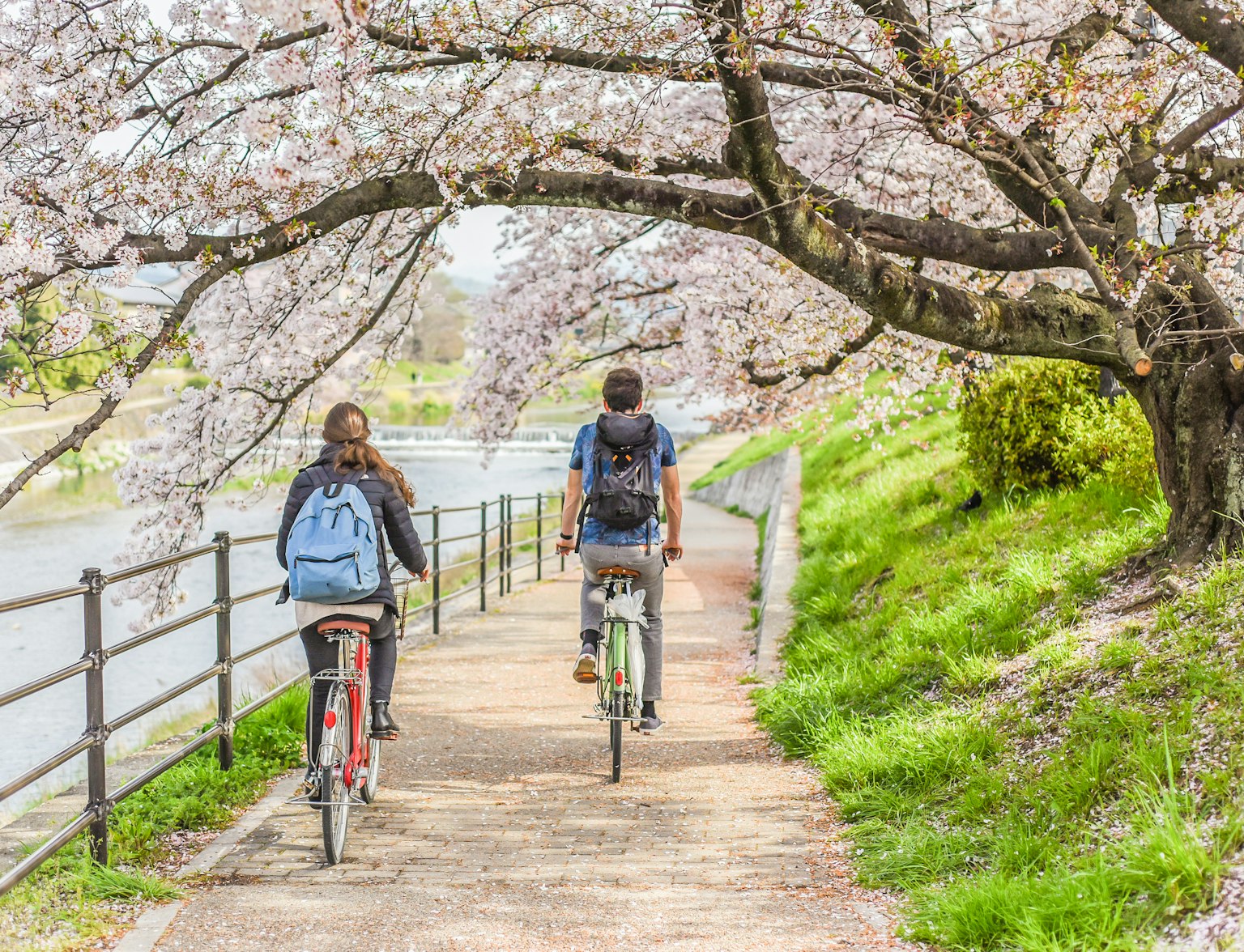
Pause and soak in the tranquility of revered temples such as Higashi Honganji.
Kinkaku-ji, or the Golden Pavilion, stands resplendent among Kyoto's historical and cultural treasures. This Zen Buddhist temple, part of a larger Rokuon-ji Temple complex, is covered in thin layers of pure gold leaf, a sight that leaves visitors mesmerized.
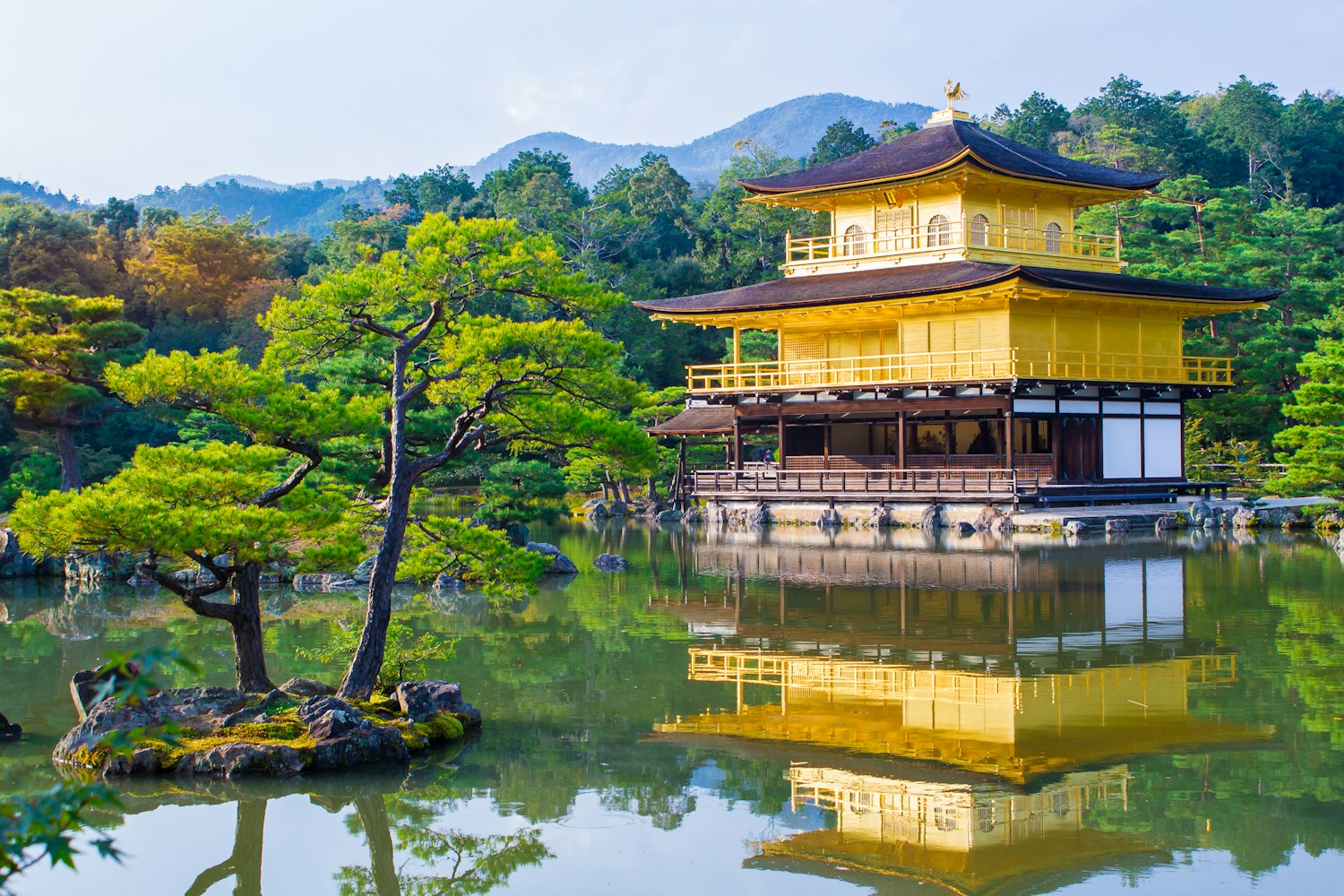
The golden structure, silhouetted against the blue sky and mirrored in the calm waters of the Kyoko-chi pond, embodies an earthly representation of the Western Paradise of Amida Buddha. Its beauty is not merely aesthetic but also symbolic, embodying Buddhist virtues of purity and enlightenment. As sunlight bounces off its gilded surfaces, the pavilion appears almost ethereal, floating between the realms of the mortal world and the heavenly abode.
The magnificence of Kinkaku-ji extends far beyond its golden exterior. Each floor of this architectural masterpiece reflects a distinct era of Japanese architectural history, encapsulating the aesthetic principles of different periods. The first floor, or the Chamber of Dharma Waters, features the Shinden style, reminiscent of the nobility's residential architecture during the Heian period.
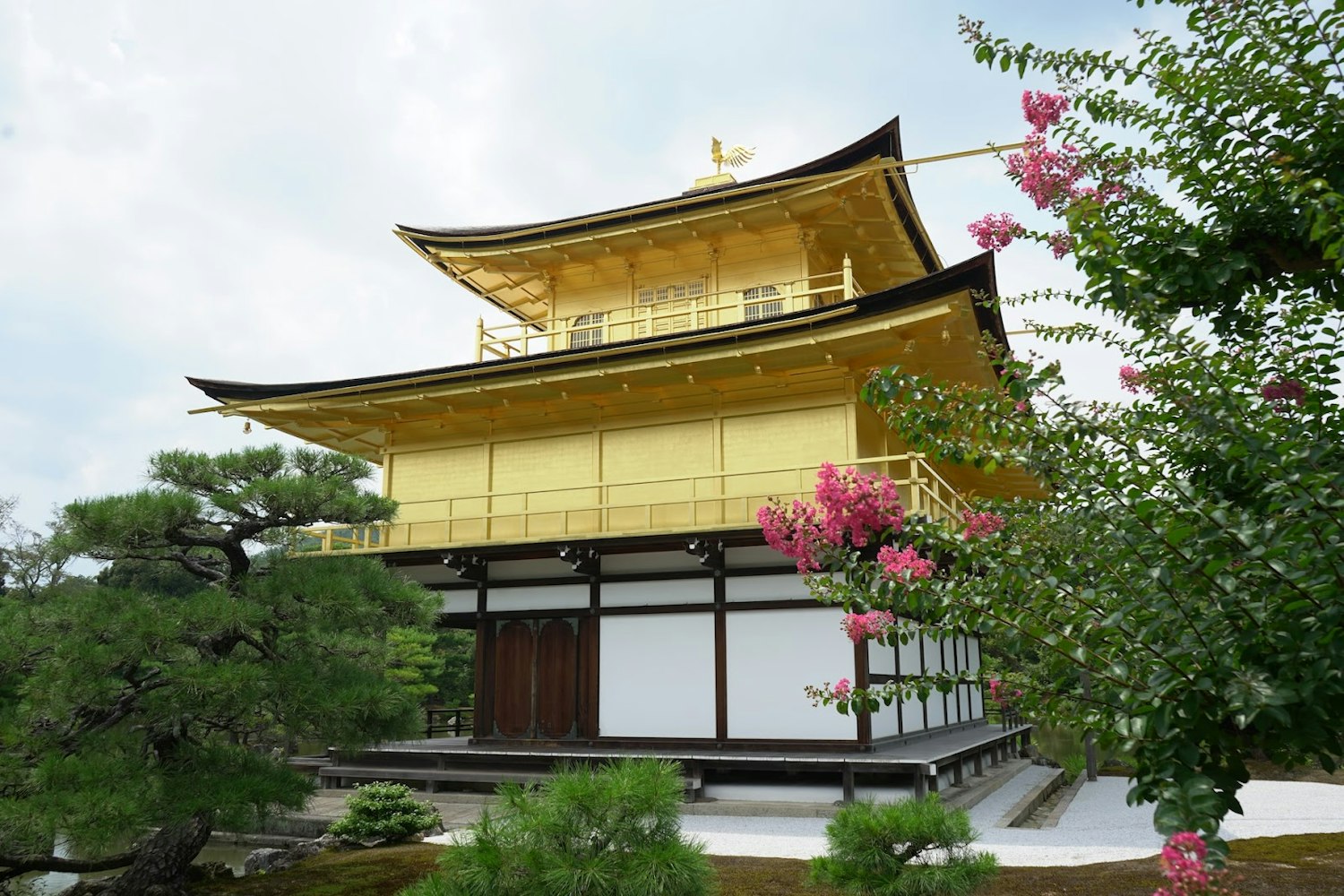
Image Credit: Yosuke Ota
The second floor called the Tower of Sound Waves, follows the Bukke style typically associated with samurai residences. Finally, the third floor, known as the Cupola Hall, is designed in the Chinese Zen Hall style, representing the period when Zen Buddhism started to profoundly influence Japanese culture and art. Over time, the Golden Pavilion has weathered fires and wars, only to be rebuilt with renewed grandeur, making it not just an architectural marvel but a resilient symbol of Japan's cultural heritage.
Fushimi Inari Taisha, located at the base of the sacred Mount Inari, is an iconic Shinto shrine that stands as a serene spiritual escape amidst the bustling city of Kyoto. It is best known for its Senbon Torii, a path flanked by thousands of vermilion torii gates that create a breathtaking corridor leading up to the mountain's peak.
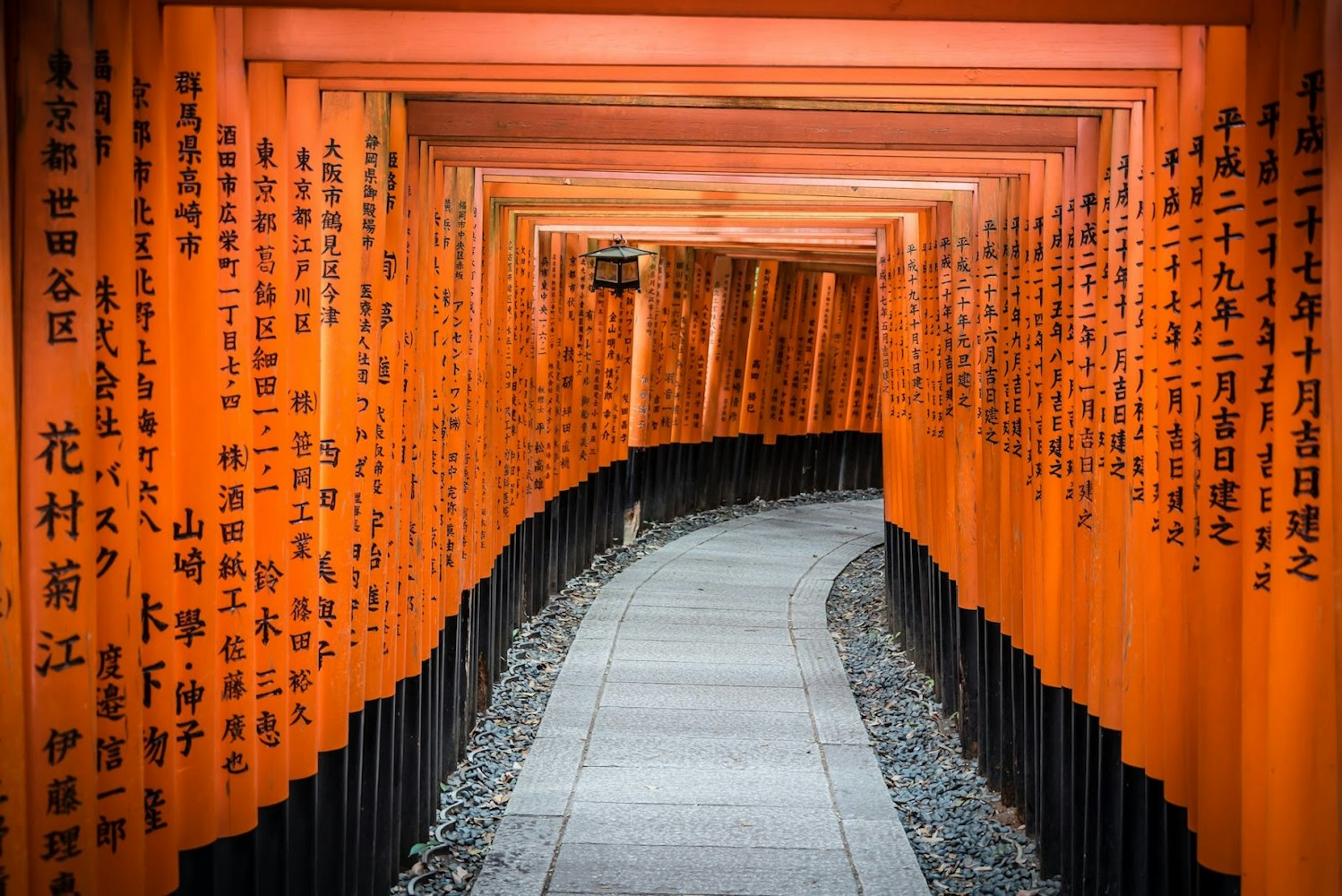
Image Credit: Luca Florio
Each gate, donated by individuals or businesses seeking prosperity, is a silent testimonial to faith and devotion. This vibrant trail of torii gates forms a striking contrast against the verdant forest backdrop, making it a picturesque and tranquil setting for pilgrims and tourists alike. The journey along this path is not merely a physical trek, but a spiritual journey, evoking a sense of serenity and profound introspection.
The forest surrounding Fushimi Inari Taisha is a realm of mystique and tranquility that seems to echo the whispers of a thousand-year-old history. As you ascend the sacred Mount Inari, each step is a foray into the heart of this ancient woodland. The dense canopy above filters the sunlight, casting a serene green glow that enhances the sense of calm. The forest is home to a diverse range of flora and fauna, adding to the spiritual aura with their soft rustling and calls.
Apart from its natural allure, this age-old forest is also home to numerous sub-shrines and statues of Kitsune, the fox deity believed to be a messenger of Inari, the god of rice and agriculture. Each stone sculpture, moss-laden pathway, and the ancient tree is a tangible link to Japan's rich spiritual heritage, enhancing the overall experience of this sacred pilgrimage.
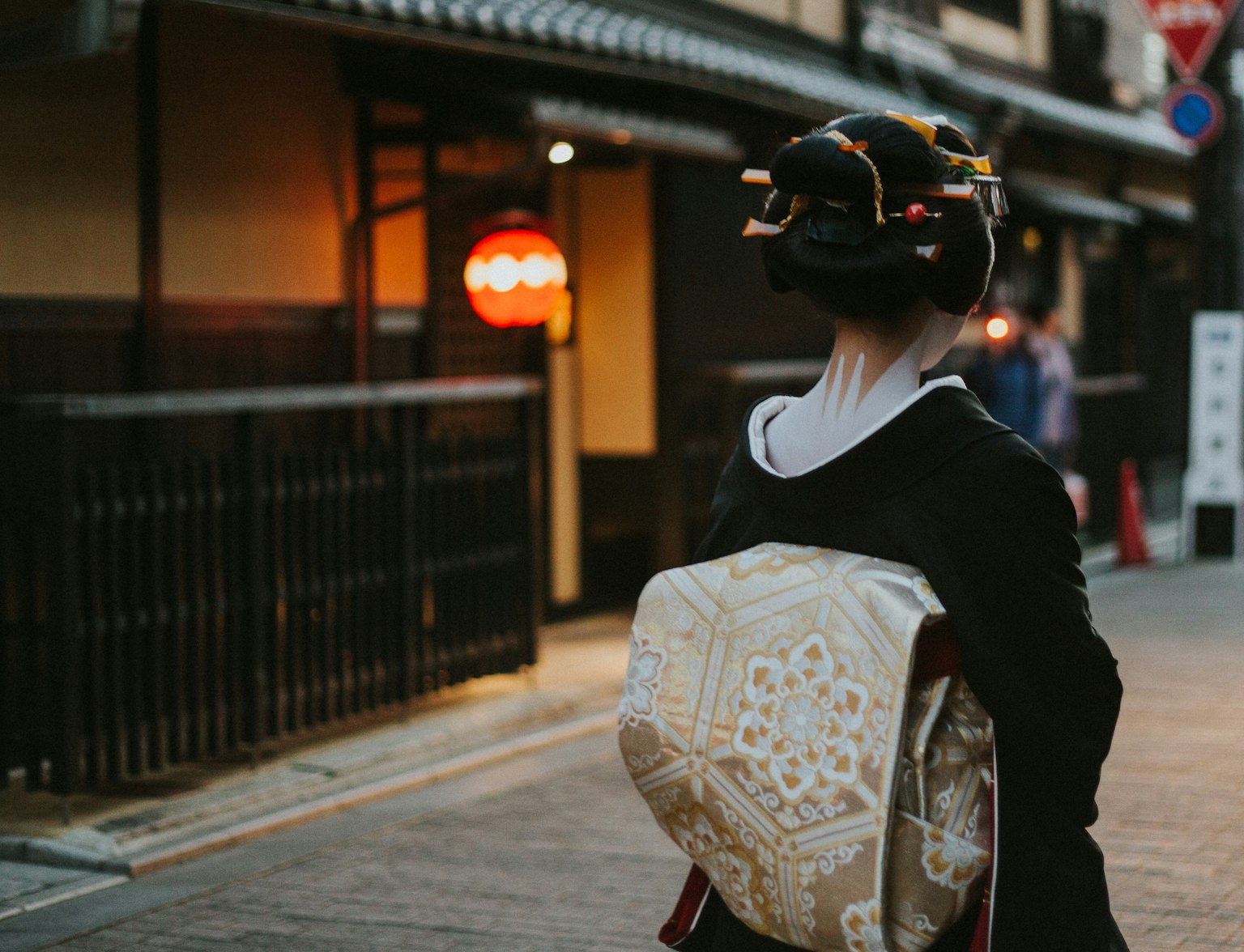
Experience the rich cultural heritage of Kyoto.
Nijo Castle, located in the historical city of Kyoto, is a monument that brilliantly encapsulates the dual nature of Japan's feudal past: the might of the samurai class and the sophisticated aesthetics of its cultural pursuits. The formidable stone walls and deep moat that encircle the castle serve as a stark reminder of the fort's primary role as a stronghold of the powerful Tokugawa shogunate during the Edo period.
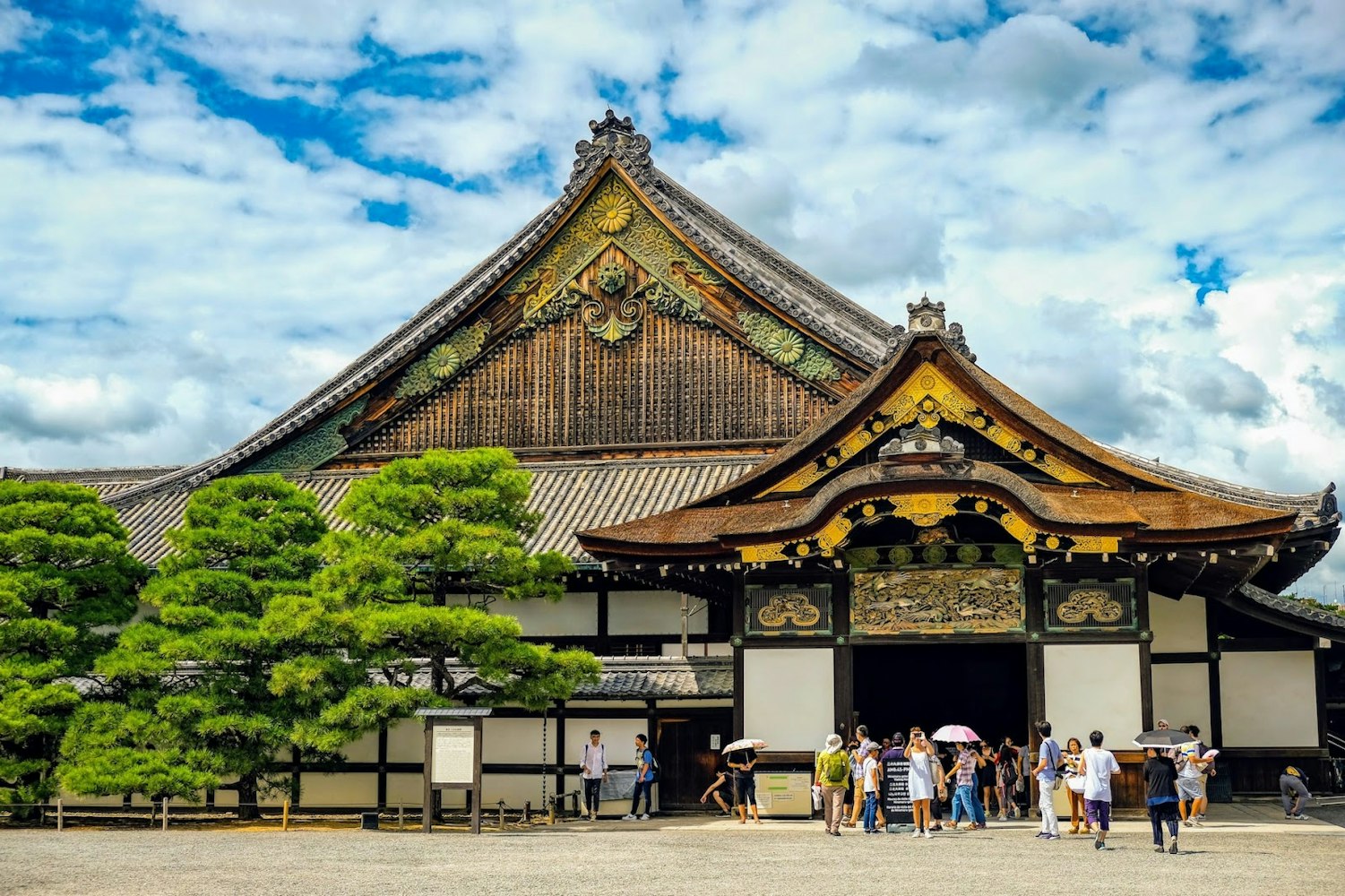
Image Credit: Eleonora Albasi
The lavishly decorated Karamon gate stands as a symbol of the castle's political significance during this era. Past the defensive structures, the castle complex reveals a softer side in the form of its tranquil gardens. The Seiryu-en and Ninomaru gardens, with their meticulously manicured trees, serene koi ponds, and perfectly positioned rocks, are fine examples of Japanese landscape gardening, embodying the principles of harmony and tranquility.
One of Nijo Castle's most fascinating features is its Nightingale Floors, a creative security measure designed to 'sing' at the pressure of each step, thereby alerting the inhabitants to any intruders. These squeaking floors, evoking the chirping of nightingales, highlight the combination of strategic foresight and a love for nature that characterized the era's architecture.

Image Credit: David Emrich
Within the castle, the extravagant beauty of the inner chambers stands as a testament to the refined tastes of the ruling class. The walls and sliding doors, adorned with masterfully executed paintings by the Kano school, display an array of nature-inspired motifs, echoing the themes of harmony and impermanence found in Buddhist philosophy. A journey through Nijo Castle is thus a journey through a crucial part of Japan's history, offering glimpses into the grandeur, sophistication, and thoughtfulness of the Edo period.
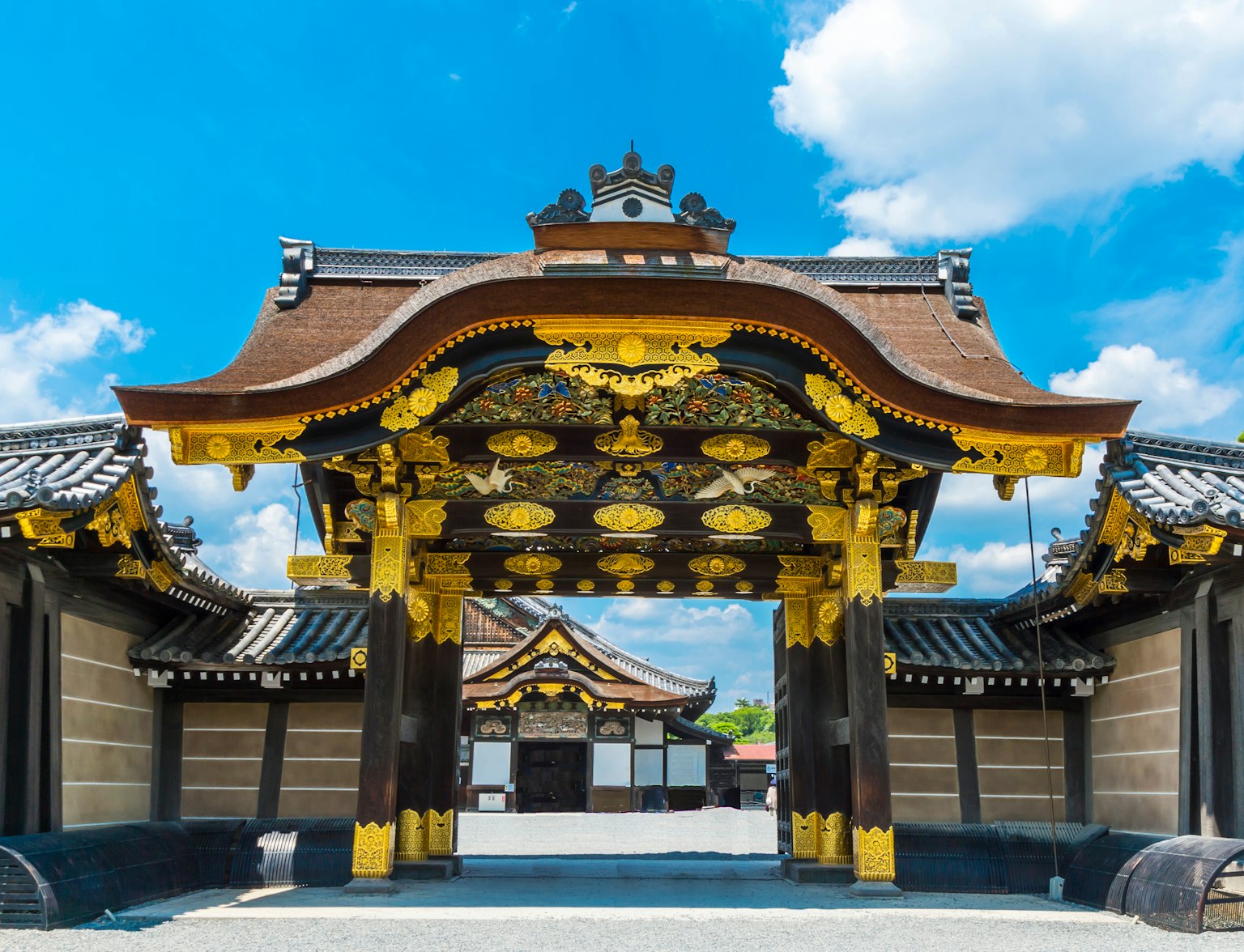
Explore Kyoto's landmarks, including Nijo Castle.
Tucked away in Nara is the Horyu-ji Temple, a magnificent site that holds the title of having the world's oldest surviving wooden structures. Built in the 7th century during the Asuka period under Prince Shotoku's patronage, the temple complex includes structures such as the Five-Story Pagoda and the Main Hall (Kondo), both renowned for their age and architectural significance. The Pagoda stands at 32.45 meters, its towering presence imbued with the solemnity of time.

Image Credit: Wikimedia
The Main Hall, equally venerable, is a testament to the durability and aesthetic appeal of ancient Japanese woodwork. The architecture, characterized by elevated floors, thatched roofs, and intricate wood carvings, reflects a period when Buddhism was just beginning to take root in Japan, making it a priceless relic of Japanese architectural and spiritual history.
Horyu-ji is not just significant for its age-old architecture; it is also home to an array of priceless Buddhist treasures. The temple complex houses over 2,300 important cultural and historic properties, with many designated as National Treasures or Significant Cultural Properties by the Japanese government. These include ancient frescoes, sculptures of the Buddha and bodhisattvas, scriptures, ritual objects, and artifacts dating back to the Nara and Heian periods.
One of the most notable is the Shaka Triad, a group of statues representing Shakyamuni Buddha and two bodhisattvas, believed to have been commissioned by Prince Shotoku himself. These treasures provide a fascinating glimpse into the evolution of Buddhist art and culture in Japan, making a visit to Horyu-ji a must for history and culture enthusiasts.
Located in the heart of Nara city, Nara Park offers visitors a tranquil sanctuary sprawling over 500 hectares of lush greenery, picturesque ponds, and beautiful cherry blossom and maple trees that burst into a riot of colors in spring and autumn, respectively. However, the true crowning jewel of Nara Park is the iconic Todai-ji Temple. Known for its grand scale, Todai-ji houses the world's largest bronze statue of the Buddha Vairocana, widely known as Daibutsu.

Image Credit: Daeron
This remarkable figure, cast in the 8th century, stands at over 15 meters high and is recognized as a masterpiece of Japanese Buddhist art and sculpture. The Great Buddha Hall (Daibutsuden) that shelters this colossal statue is the world's largest wooden structure, adding another layer to Todai-ji's significance. As such, Nara Park and Todai-ji Temple together form a sanctuary where natural beauty and spiritual awe exist in harmonious balance.
Nara Park is perhaps most famous for its population of over 1,200 freely roaming Sika deer. Regarded as sacred and divine messengers in Shinto belief, these friendly creatures are a significant attraction in their own right. Visitors have the opportunity to interact with the deer, feeding them with special crackers available for purchase within the park. This experience offers an unusual and intimate encounter with wildlife in a city setting.
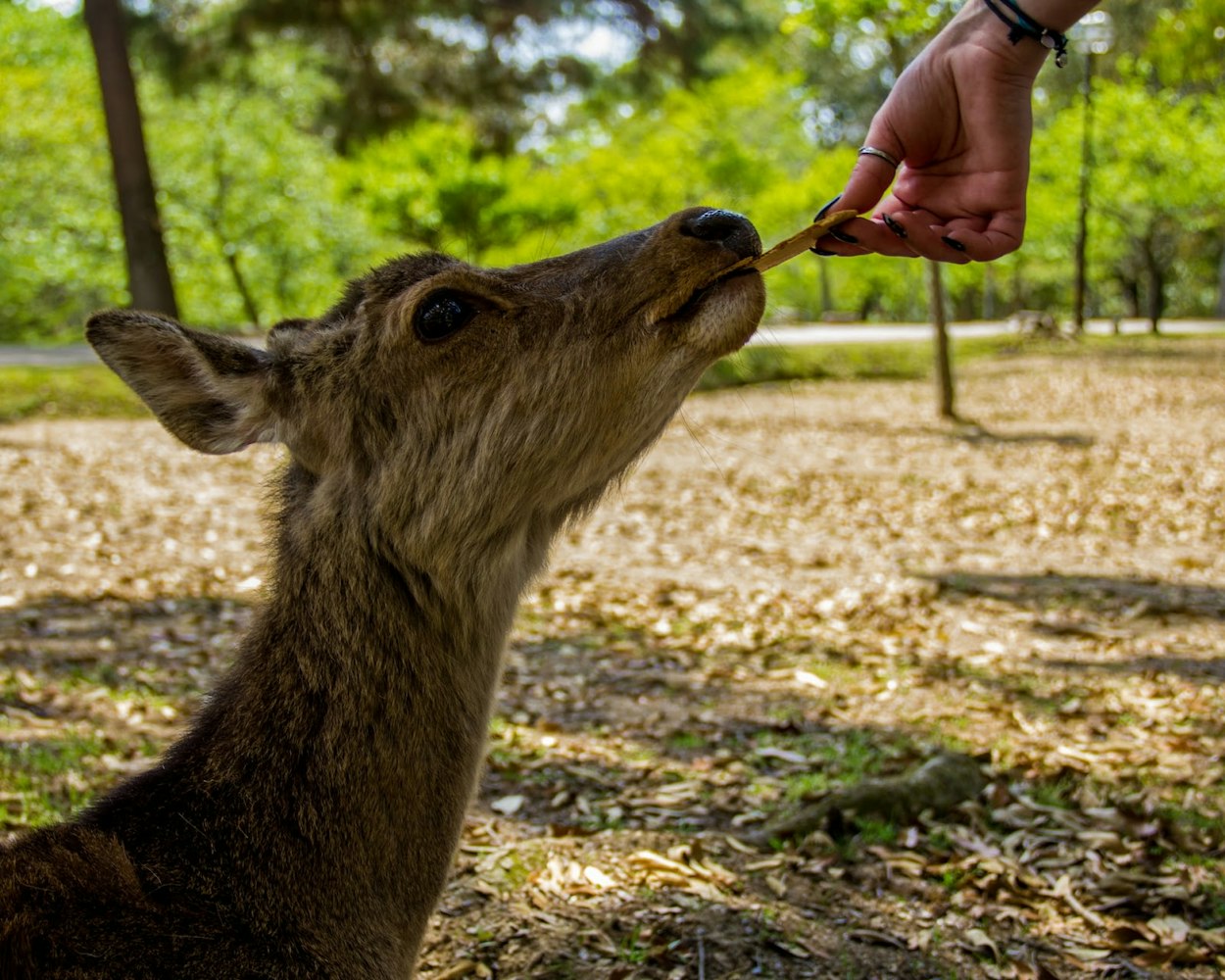
Image Credit: Alessio Ferretti
A short distance from these charming encounters, the colossal Daibutsu in Todai-ji awaits. As visitors gaze upon the serene countenance of this enormous Buddha statue, set within the world's largest wooden building, the Daibutsuden, they are likely to be struck by a profound sense of awe and tranquility, underscoring the spiritual and historical richness of Nara.
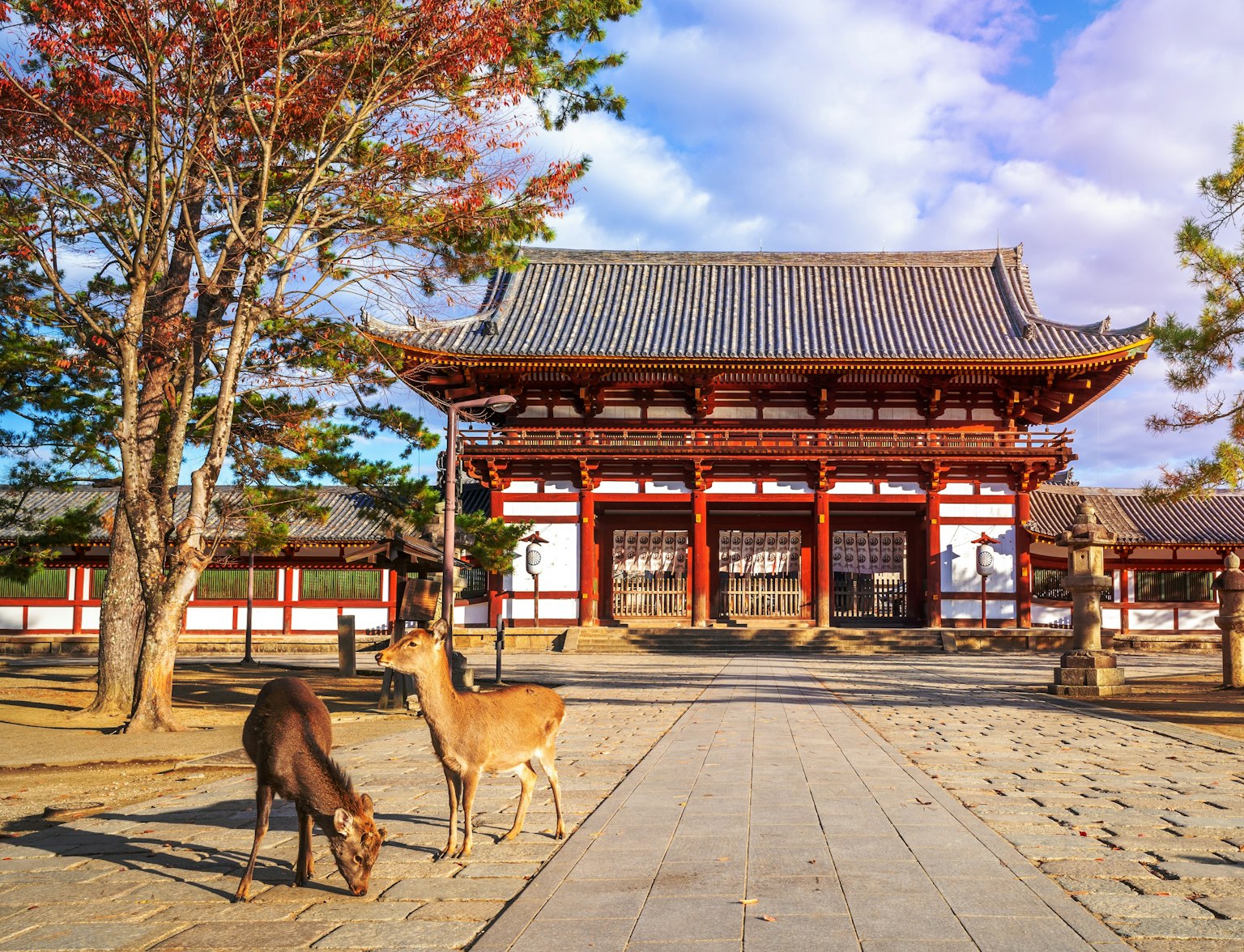
See Nara's iconic deer and Todai-ji Temple.
To fully experience the essence of Kyoto and Nara, immersing oneself in their vibrant cultural festivals and age-old traditions is a must. These cities, steeped in centuries of history, host a myriad of festivals throughout the year, each offering a unique window into their rich cultural tapestry. In Kyoto, the Gion Festival stands out, with its extravagant floats paraded through the city streets every July, while the cherry blossom season is celebrated with the exuberant Hanami festivals.
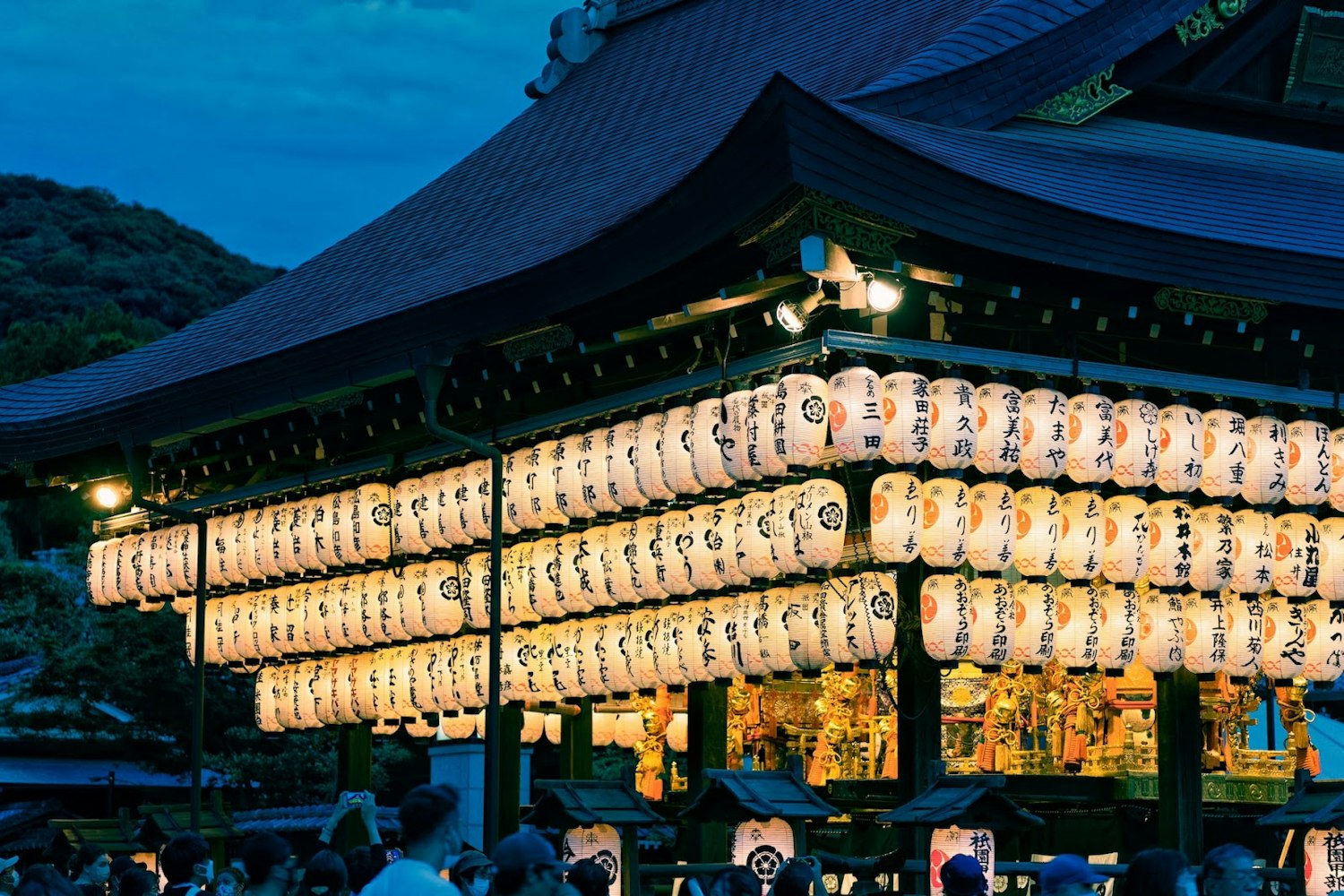
Image Credit: Ayumi kubo
In Nara, the Takigi O-Noh, a traditional outdoor performance by firelight, and the Kasuga Wakamiya On-Matsuri, featuring ancient rituals and dances, offer captivating cultural experiences. These festivals provide the perfect opportunity to delve into the local customs, cuisine, and community spirit, making them unforgettable highlights of any visit.
The traditional tea ceremony, or 'sado', is another quintessential Japanese experience to savor in Kyoto and Nara. These ceremonies, steeped in Zen Buddhism, are a meditation in mindfulness, aesthetics, and the celebration of simplicity. Kyoto's teahouses, especially those in the geisha district of Gion, provide the perfect setting for this serene tradition.
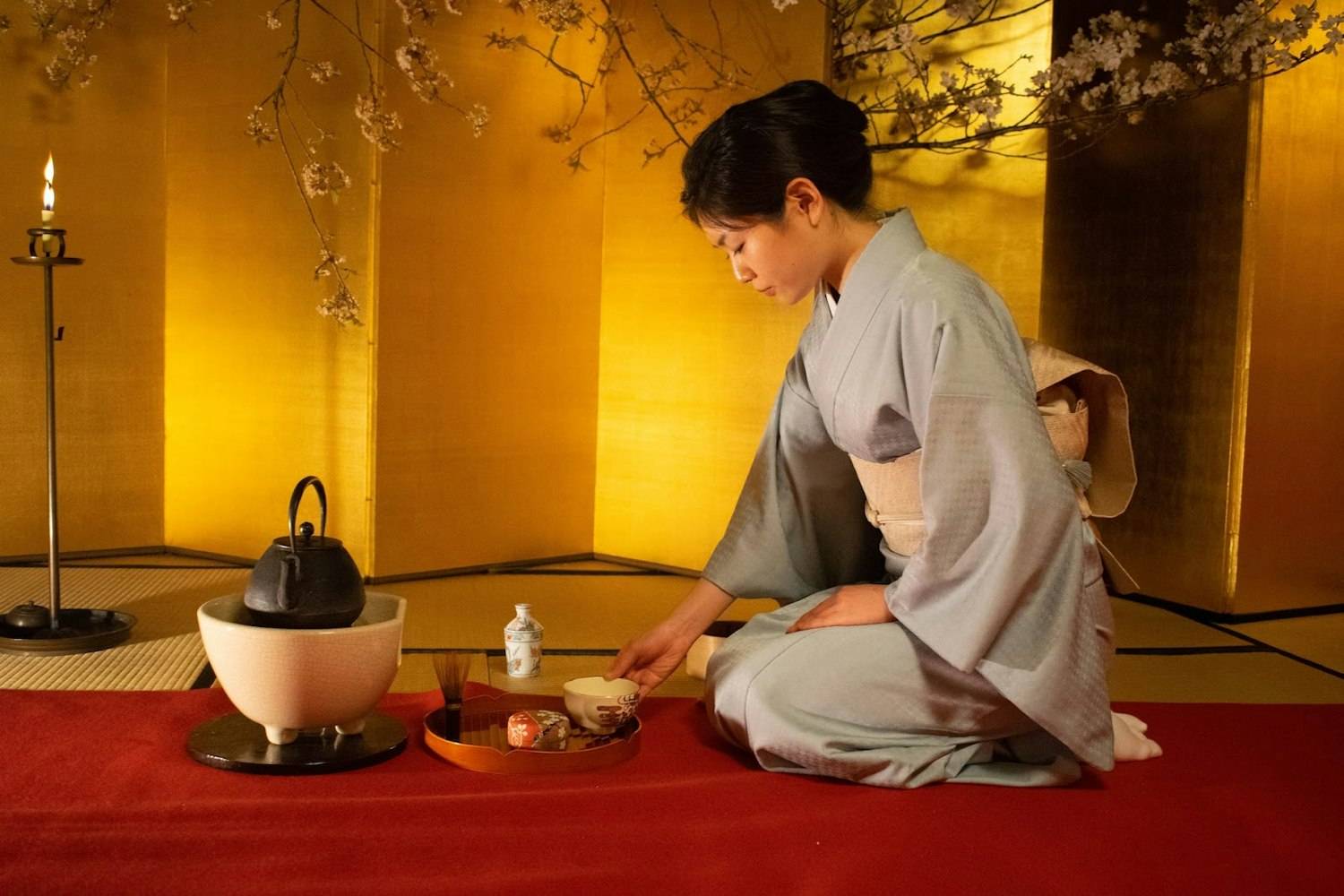
Image Credit: Roméo A
Similarly, Nara is home to many traditional teahouses, including the renowned Nakatanidou, famous for its ceremonial preparation of mochi. Complementing these serene ceremonies are the city's Zen gardens, places of tranquil beauty where meticulously raked sand, carefully placed rocks, and pruned trees embody the Zen principles of simplicity and tranquility. Notable examples include Kyoto's Ryoanji and Ginkakuji, and Nara's Isuien Garden.
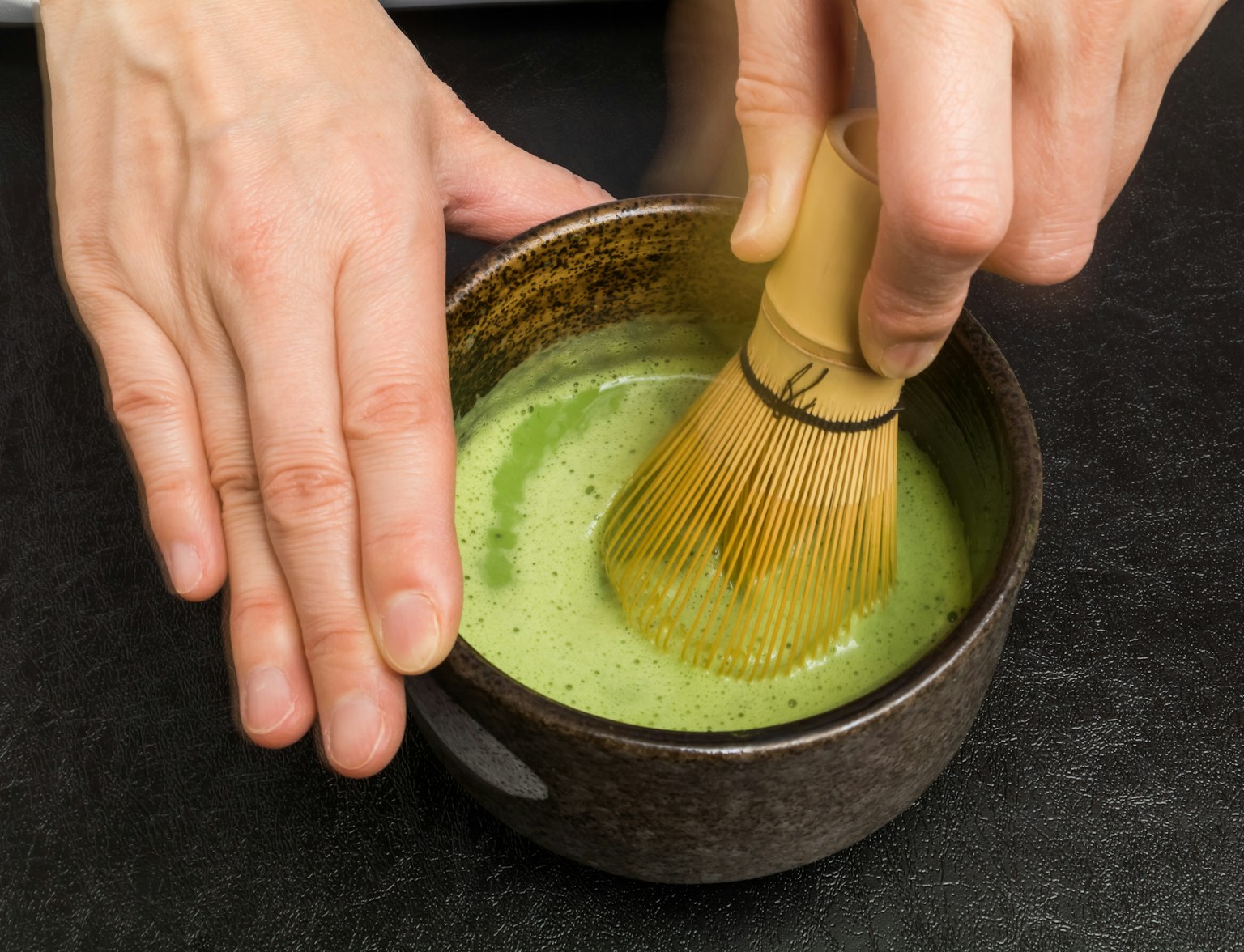
Experience tea ceremony in Kyoto.
The cities of Kyoto and Nara have also played significant roles in the history of the samurai, the warrior class of feudal Japan. In Kyoto, Nijo Castle provides a glimpse into the life of a shogun, while the Kyoto Samurai and Ninja Museum offers interactive experiences that immerse visitors in the way of the warrior.
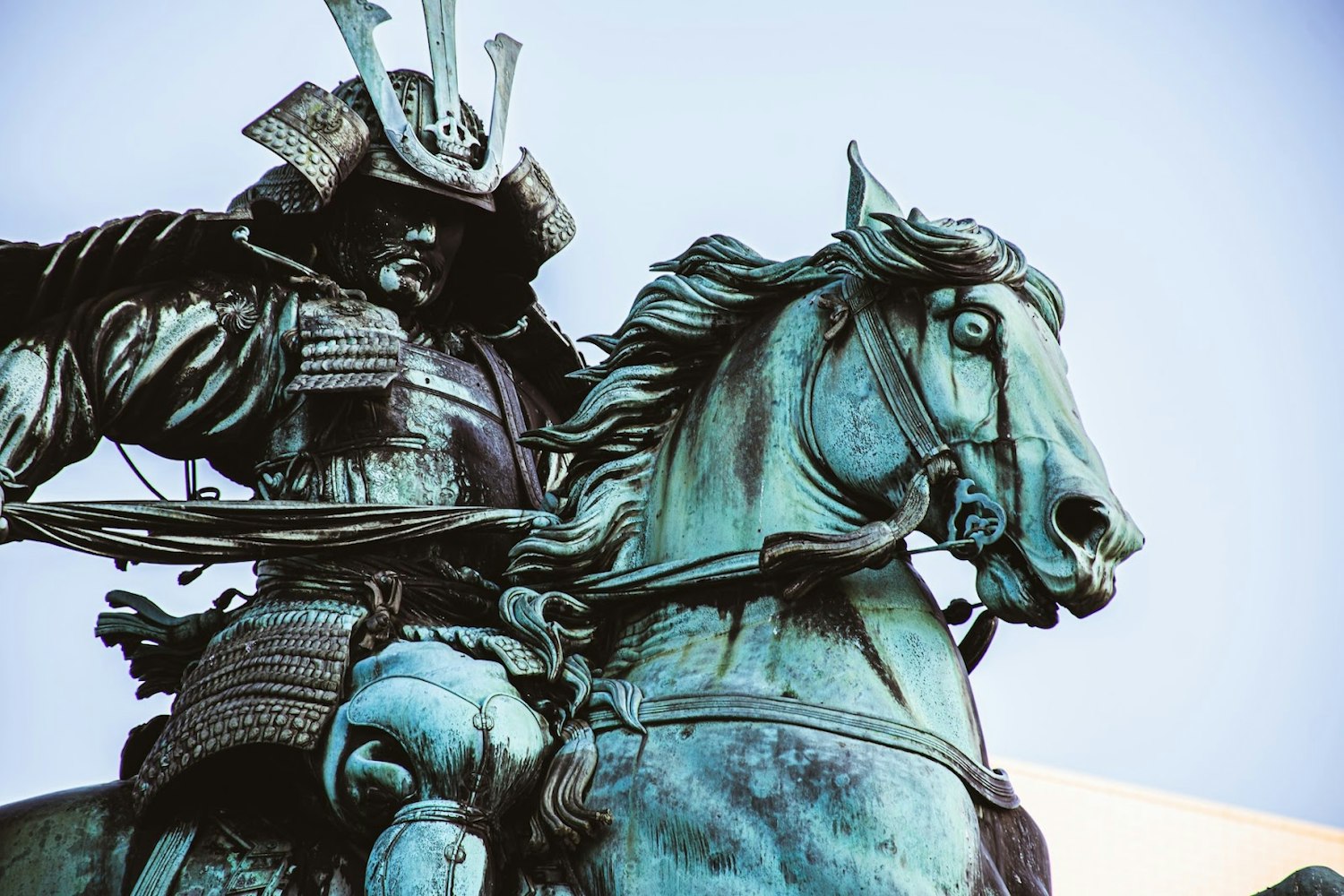
Image Credit: Ryunosuke Kikuno
Nara, as the birthplace of Bushido, or the samurai code, boasts sites like Heijo Palace and the Kashihara Archaeological Institute Museum, where visitors can learn about the origins of the samurai and their pivotal role in Japanese history. Understanding this warrior tradition is crucial to appreciating Japan's historical trajectory, its martial arts, and its unique cultural ethos.

